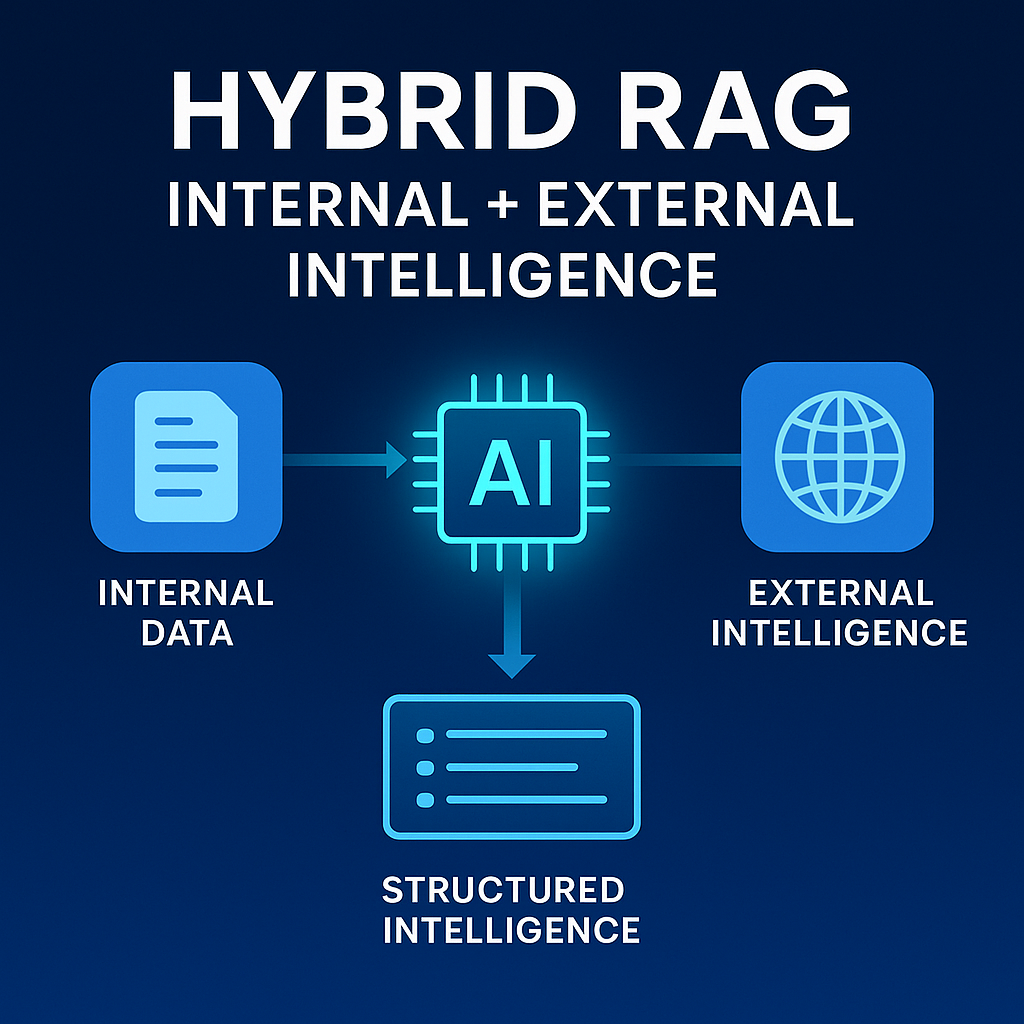How to Build a Technology Scouting Framework for Enterprise Innovation: Processes, Metrics & Platform Integration
In today’s hyperconnected world, innovation leaders can’t afford to rely on chance discoveries. To stay ahead, enterprises need a repeatable technology scouting framework—a system that continuously identifies, evaluates, and integrates external innovations that drive measurable business impact.
Why a Technology Scouting Framework Matters
Technology scouting isn’t just about finding the next big startup—it’s about aligning external innovation with internal strategy. Without a clear framework, even the most forward-thinking enterprises struggle with:
- Duplicated efforts across business units
- Missed opportunities from poor visibility
- Slow, unstructured evaluation cycles
- Difficulty proving ROI to leadership
A structured framework ensures every scouting activity ties back to strategic goals and delivers tangible outcomes.
Step 1: Define Your Scouting Objectives
Start by aligning your scouting goals with your overall innovation strategy. Common objectives include:
- Solving specific R&D or operational challenges
- Exploring emerging technology categories (AI, sustainability, automation, etc.)
- Identifying acquisition or partnership opportunities
- Benchmarking competitors and market shifts
This clarity helps teams focus on technologies that deliver real enterprise value.
Step 2: Establish a Scouting Process
A mature technology scouting framework typically includes five stages:
- Discover: Source startups, patents, research papers, and academic collaborations.
- Screen: Use predefined criteria to filter by relevance, maturity, and strategic fit.
- Evaluate: Engage experts and stakeholders to assess feasibility and alignment.
- Pilot: Test promising technologies with real-world use cases.
- Scale: Integrate successful pilots into the enterprise ecosystem.
Step 3: Measure What Matters
To demonstrate the impact of scouting, define clear innovation metrics. Key metrics include:
- Pipeline Velocity: How fast opportunities move from discovery to decision.
- Adoption Rate: Percentage of scouted technologies implemented or piloted.
- ROI Contribution: Financial impact of implemented technologies.
- Collaboration Rate: Number of cross-functional teams engaged in scouting.
- Time-to-Market Reduction: How much faster innovations reach deployment.
📊 Example: Technology Scouting Metrics Dashboard
| Metric | Why It Matters |
|---|---|
| Pipeline Velocity | Tracks how efficiently new opportunities move through the funnel. |
| Adoption Rate | Shows how many scouted technologies advance to pilot or deployment. |
| ROI Contribution | Demonstrates measurable business impact and budget justification. |
| Collaboration Rate | Highlights cross-team engagement and organizational alignment. |
| Time-to-Market Reduction | Captures the speed advantage gained through structured scouting. |
Step 4: Integrate with an Innovation Management Platform
Technology scouting delivers the most value when connected to an enterprise innovation management platform. Integration enables:
- Centralized tracking of scouting opportunities
- Automated scoring and evaluation workflows
- Collaboration between innovation, R&D, and business units
- Unified dashboards for metrics and decision-making
By using a platform like Traction Technology, enterprises can move from disconnected spreadsheets to a unified, data-driven system for innovation discovery and execution.
Step 5: Build a Culture Around Scouting
Even the best process won’t work without engagement. Encourage business units, innovation leaders, and technical teams to contribute scouting insights and feedback. Celebrate pilot successes and use internal storytelling to inspire participation across the enterprise.
Looking Ahead
The next decade of enterprise innovation will be defined by intelligent, AI-assisted scouting frameworks that learn, adapt, and predict where opportunity lies. Organizations that build structured, measurable, and technology-enabled scouting systems today will define the competitive edge of tomorrow.









.webp)